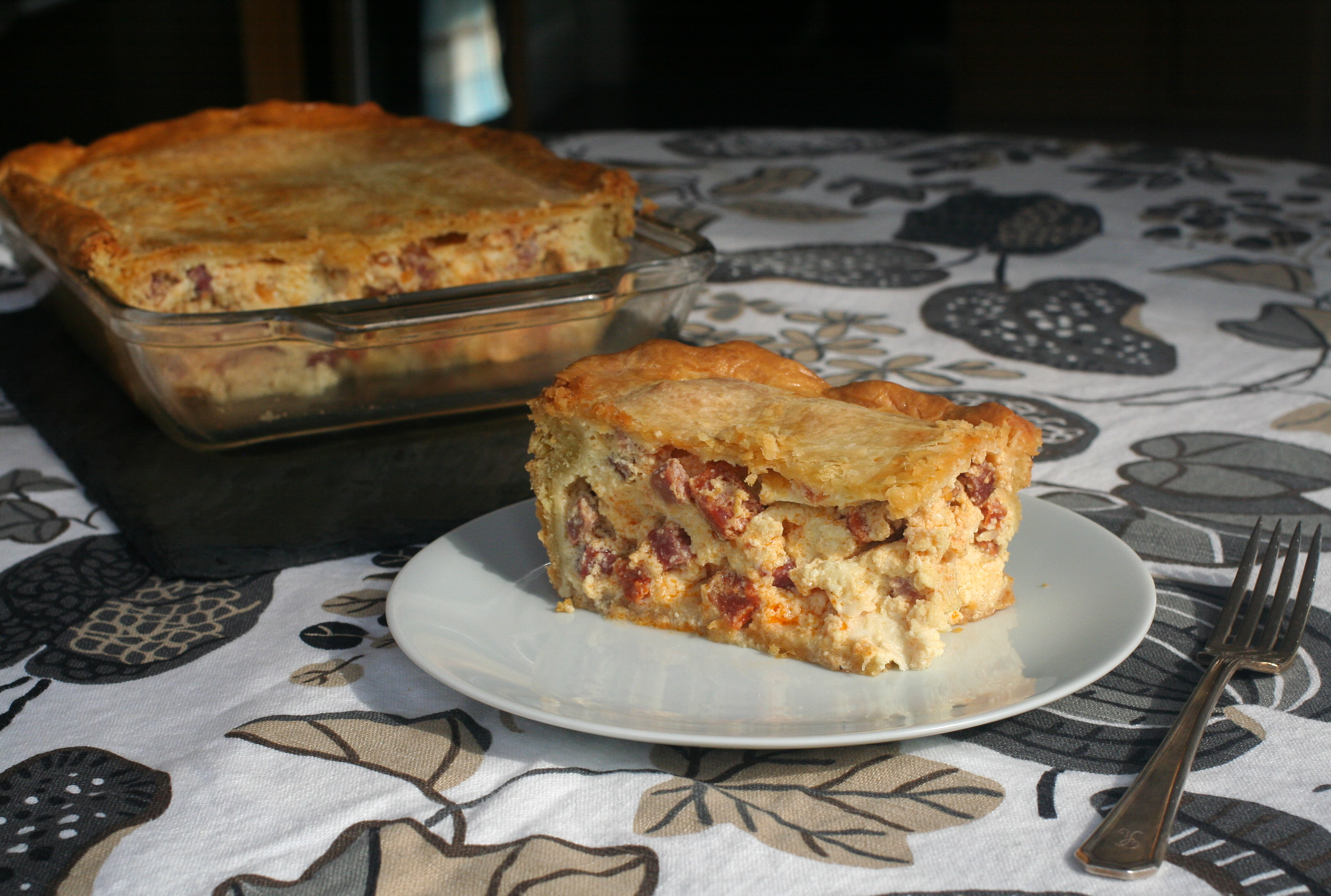
Arguably the most sacred of all the Christian holidays, Easter celebrates the resurrection of Jesus. The calculation of when to commemorate this miracle is complicated: Easter is the first Sunday following the full moon after the spring equinox (got it?) making it a moveable feast that can fall anytime between March 22 and April 25. Orthodox Easter is calculated based on the older, Julian calendar and a different interpretation of both Equinox and full moon, which explains why the two Easters often diverge.
Moreover, “Easter” isn’t only one day but covers an entire season in the Christian church, beginning with Lent, the 40-day (!) period of abstinence leading up to Easter Sunday. Mardi Gras, the day before Lent, is the last hurrah before the fasting that follows. The week leading into Easter is Holy Week and includes Maundy Thursday, the day of the last supper; Good Friday, the day of crucifixion; and Holy Saturday, the transition between crucifixion and resurrection. Easter Sunday, the culmination of the season, is followed by Eastertide, a 50-day period that celebrates Jesus’ ascension into Heaven.
As it turns out, this high holiday is actually a big mashup of pagan, Jewish and Christian traditions. Although Easter isn’t mentioned in the New Testament, word on the street is that the term “Easter” is derived from the pagan festival of Eostre, the Saxon goddess of fertility, which ushered in spring and new life. Guess what Eostre’s sacred animal was? That’s right: enter the Easter Bunny.
The exchange and coloring of eggs, potent symbols of new life, is also an ancient custom celebrated by many cultures. Egg decoration reached its apogee with the Russian aristocracy in the 19th century, when high society exchanged and collected jewel-encrusted eggs, the most intricate created by Peter Fabergé. The Jewish Passover seder, also a spring observance, also features symbolically significant eggs. And did you know that hot cross buns, the 6th century B.C. version anyway, make an appearance in the Old Testament? When the Israelites baked sweet buns for a pagan idol, religious leaders try to put a stop to the practice. Centuries later, early Christian clergy tried to stop sacred cakes from being baked for Easter, but in the end, they gave up and blessed the sweet cake instead. Apparently, on Easter you can have your cake and eat it, too.

Pizza Rustica
Every Easter, Jeannine’s Nonna would make her famous Pizza Rustica, a double crusted pie packed with a variety of italian cured meats, cheeses and eggs. Even though it is rich and hearty enough to be served as a main course, this is typically served as an antipasto before Easter dinner. There are many versions of this traditional Easter Pie, some incorporating hard boiled eggs, spinach and sausage. Feel free to tailor the filling to your liking. This is a labor of love, but well worth the time and effort.
Serves 10-12
For the dough
3 cups all purpose flour
½ tsp salt
½ pound chilled butter (2 sticks) cut into ½ inch pieces
3 large eggs, beaten
For the filling
½ lb. soppressata, in ½ inch dice
½ lb. prosciutto, in ½ inch dice
½ lb. pepperoni, in ¼ inch dice
½ lb. mozzarella, diced
2 lbs ricotta
¼ cup grated parmigiana reggiano or pecorino romano
6 large eggs, beaten
Pepper to taste
1 large egg, beaten, to brush on crust
Prepare the dough
In a large bowl whisk together the flour and salt. Using a pastry cutter or 2 knives, cut the butter into the flour until the mixture resembles coarse crumbs.
Add the beaten eggs and knead a few times. Slowly add about ½ cup of ice water, or as much as needed to make a cohesive dough. Knead dough on a floured surface for a few minutes. Wrap in plastic wrap and set aside while you make the filling.
Prepare the filling
Mix together the cheeses until creamy. Add the meats, eggs and ground pepper and incorporate into the cheese mixture.
Assemble the pie
Heat oven to 350 degrees Fahrenheit. Divide the dough into 2 pieces, around ⅔ for the bottom and ⅓ for the top. On a lightly floured surface, roll out the bottom piece of dough into a rectangle. Line the bottom of a 9 x 13 inch baking dish with a bit of overhang. Add the filling and distribute evenly in the pan. Roll out the other piece of dough to cover the top of the dish. Moisten the edges of the bottom dough with a little water and lay the top piece of dough over the pan. Crimp the edges to seal tightly. Poke several holes on top of dough with a fork and brush with the beaten egg. Bake for 90 minutes or until golden brown. Let cool completely before serving.


God Bless Nonna and I KNOW she is looking down and bursting with pride over this, Jeannine ! Fabulous job ! Great Tradition ! May it lasts for many more generations to come !
LikeLiked by 1 person
Thanks, Mom! xo
LikeLiked by 1 person
Hi Jeannine I just want you to know how much I enjoy your recipes and the history behind them and the way you tie them in to your family history. I look forward to your next recipe. Have a wonderful Easter 🐰 Mary Ellen
Sent from my iPhone
>
LikeLiked by 1 person
Thanks so much, Mary Ellen! Happy Easter!
LikeLiked by 1 person
I had it for breakfast! Delicious!
LikeLike
Hope there is some left for us????
LikeLike
Beautiful job
LikeLiked by 1 person
Thanks, Aim! Happy Easter! Will miss you & your boys today. xo
LikeLike
You are blowing me away Jeannine, so talented. But this one definitely takes the cake! 😉 “Pizzagaina” as we called it is one of my favorites!! Keep up the great blogging!
LikeLike
Thanks, Laura! Let’s have dinner together soon. Happy Easter!
LikeLike